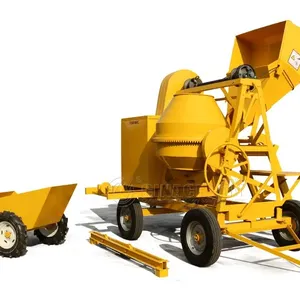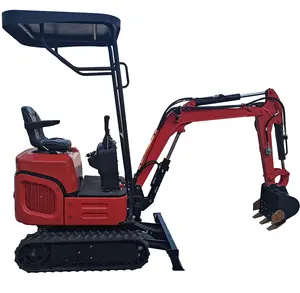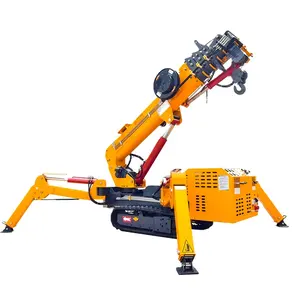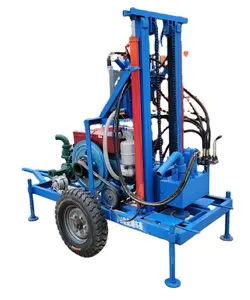Popular in your industry















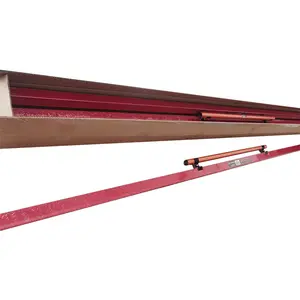
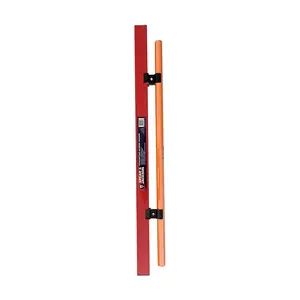











































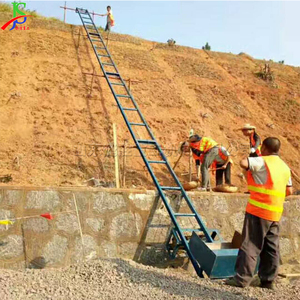


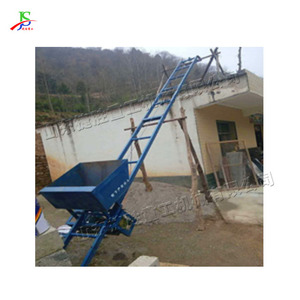






























































































































Top categories
About lightweight screed
The lightweight screed is a versatile material used in construction projects, particularly for enhancing the quality of floor surfaces. It is a blend of cement, sand, and sometimes additives, creating a fluid mix that can be easily poured and spread over existing bases to create a smooth and level surface. The lightweight nature of this type of screed results from the incorporation of lightweight aggregates like expanded polystyrene beads or foam. These aggregates displace the heavier traditional materials, reducing the overall density of the screed. This lightness offers several benefits, such as improved thermal insulation, reduced structural load, and ease of application.
Types of lightweight screed
The primary types of lightweight screed include traditional lightweight screed, flowing screed, and lytag screed. Traditional lightweight screed, also known as bonded lightweight screed, is directly applied to the base or insulation layer. Flowing screed, on the other hand, is a self-leveling screed that is poured onto the floor in a liquid state, providing a smooth and even finish. Lightweight concrete screed, a type of traditional lightweight screed, is made by mixing lightweight aggregates, like expanded clay or shale, with cement, sand, and water. Lytag screed, on the other hand, is manufactured using sintered pulverized fuel ash (PFA) pellets, which are lighter and provide excellent thermal insulation properties. Additionally, polyurethane screed is another type of lightweight screed that utilizes polyurethane resin as a binding agent, making it highly durable and resistant to chemical damage.
Advantages of lightweight screed
Lightweight screed offers numerous advantages in various construction applications. The most notable advantage is its ability to provide a level, flat, and smooth surface suitable for the installation of various floor finishes, including tiles, carpets, and vinyl. The thermal insulation properties of lightweight screed contribute to reducing heat loss, making it an ideal choice for underfloor heating systems. Furthermore, it is less dense than traditional screed, resulting in reduced structural load on the building and making it particularly suitable for upper floors where weight constraints are a concern. The lightweight nature of this material also translates to easier and faster application, leading to cost savings in terms of labor and time. Moreover, the reduced thickness of lightweight screed compared to traditional screeds further enhances its efficiency and cost-effectiveness. The minimal thickness and weight of lightweight screed contribute to its versatility and applicability in a wide range of construction scenarios, including renovation projects where load-bearing capacity may be limited.
How to use lightweight screed
For light screed to be effective, proper installation is crucial. The first step in the installation process is to prepare the base or substrate by ensuring it is clean, dry, and free from any contaminants that could compromise the adhesion of the screed. A primer may be applied to enhance the bond between the base and the screed. Next, the lightweight screed mix is prepared by blending the lightweight aggregates, cement, sand, and water in the appropriate ratio. This mixture is then poured onto the prepared base and spread evenly using a screed board or pump. Care should be taken to ensure the screed is level and at the desired thickness. Once the screed is in place, it should be allowed to cure properly to achieve the desired strength and performance.

